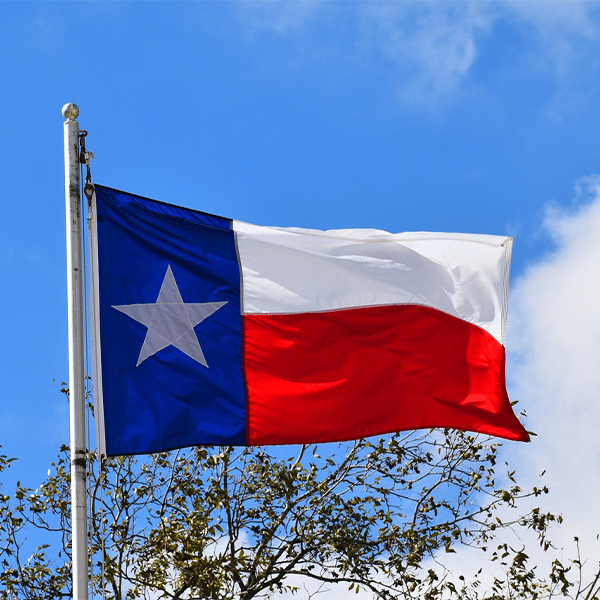 The research and development arm of Alcatel-Lucent, Bell Labs, announced a new speed record for the transmission of data over copper lines of 10 Gbps (10,000 Mbps). The experiment was in a lab setting, using prototype technology called XG-FAST, which is a prototype extension of G.Fast, the next generation copper broadband technology. G.Fast is being finalized as an ITU standard, and should start becoming commercially available sometime in 2015.
The research and development arm of Alcatel-Lucent, Bell Labs, announced a new speed record for the transmission of data over copper lines of 10 Gbps (10,000 Mbps). The experiment was in a lab setting, using prototype technology called XG-FAST, which is a prototype extension of G.Fast, the next generation copper broadband technology. G.Fast is being finalized as an ITU standard, and should start becoming commercially available sometime in 2015.
The 10 Gbps over copper experiment used two bonded copper pairs with an expanded frequency range of 500 MHz. The transmission was over a very short distance of 30 meters (approx. 100 feet).
Symmetrical 1 Gbps Over Copper
The more interesting result from this Bell Labs experiment is the achievement of symmetrical 1 Gbps over copper lines. Bell Labs claims they achieved 1 Gbps symmetrical over 70 meters (approx. 230 feet) on a single copper pair. Both experiments were in a lab setting.
The implications are somewhat obvious. Proponents of G.Fast technology are positioning it as a copper equivalent of FTTH, at least for the customer drop portion of the network. That’s important, because replacing copper based customer drops with fiber is one of the most expensive components of a true FTTH deployment. I like to think of G.Fast as copper-to-the home.
“We see G.fast and XG-FAST as helping accelerate FTTH deployments. These technologies still require fiber to be brought very close to the home. They then give operators an alternative way to take a gigabit service right into the living room. With these additional options, operators gain more flexibility and lower cost options for their FTTH deployments,” an Alcatel-Lucent spokesman told Telecompetitor in an emailed statement.
G.Fast will be used in a FTTN scenario, where copper connections to the home remain in place, at least in urban scenarios. Seventy meters or 230 feet won’t get you very far in rural applications. There are a number of developments happening with copper and broadband, because the reality is there are hundreds of millions of copper connections across the globe, most of which won’t be replaced by FTTH anytime soon.
“Achieving 1 Gbps ‘symmetrical’ services – where bandwidth can be split to provide simultaneous upload and download speeds of 1 Gbps – is a major breakthrough for copper broadband. It will enable operators to provide Internet connection speeds that are indistinguishable from fiber-to-the-home services, a major business benefit in locations where it is not physically, economically or aesthetically viable to lay new fiber cables all the way into residences,” says Alcatel-Lucent in a press release announcing the experiments.
“The first G.fast products will become available in the 1st half of 2015. We expect mass deployments to start in 2016 (of course this assumes operators starting to prepare for deployment in 2015),” said the Alcatel-Lucent spokesman.
This Alcatel-Lucent provided table outlines some next generation copper broadband technologies:
Technology comparison | |||
Technology | Frequency | Maximum aggregate speed | Maximum Distance |
| VDSL2* | 17 MHz | 150 Mbps | 400 meters |
| G.fast phase 1* | 106 MHz | 700 Mbps | 100 meters |
| G.fast phase 2* | 212 MHz | 1.25 Gbps | 70 meters |
| Bell Labs XG-FAST** | 350 MHz | 2 Gbps (1 Gbps symmetrical) | 70 meters |
| Bell Labs XG-FAST with bonding*** | 500 MHz | 10 Gbps (two pairs) | 30 meters |
*Industry standard specifications. G.fast allows for upload and download speeds to be configured by the operator.
** In a laboratory, reproducing real-world conditions of distance and copper quality.
*** Laboratory conditions.


